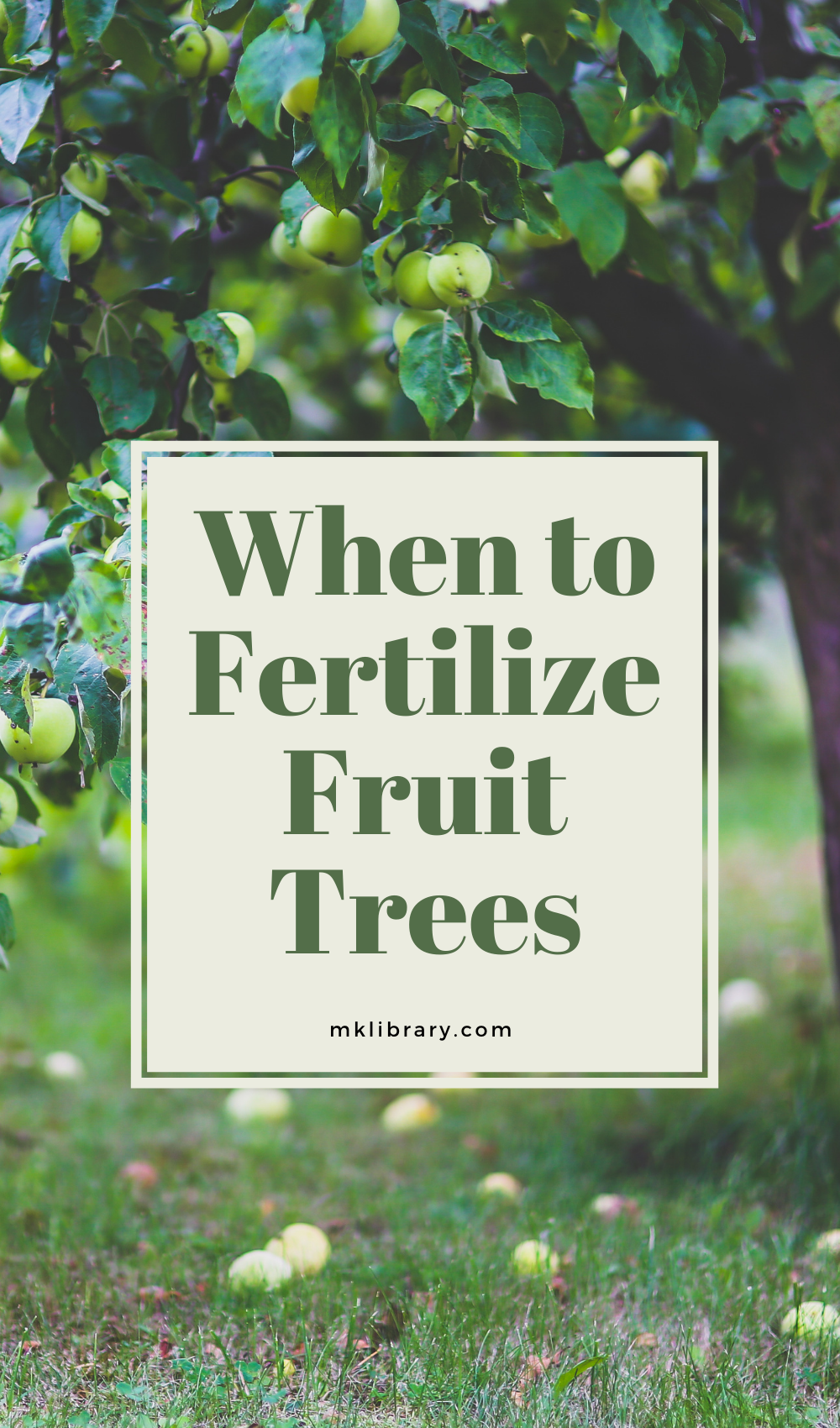In order to stay healthy and grow, all plants need to absorb certain chemical elements from the soil.
Some of these elements can become permanently removed from soil over time by plants, while some are removed each season. Those elements removed each season tend to be returned to the soil in the form of dropped fruit, dead leaves and other plant debris.
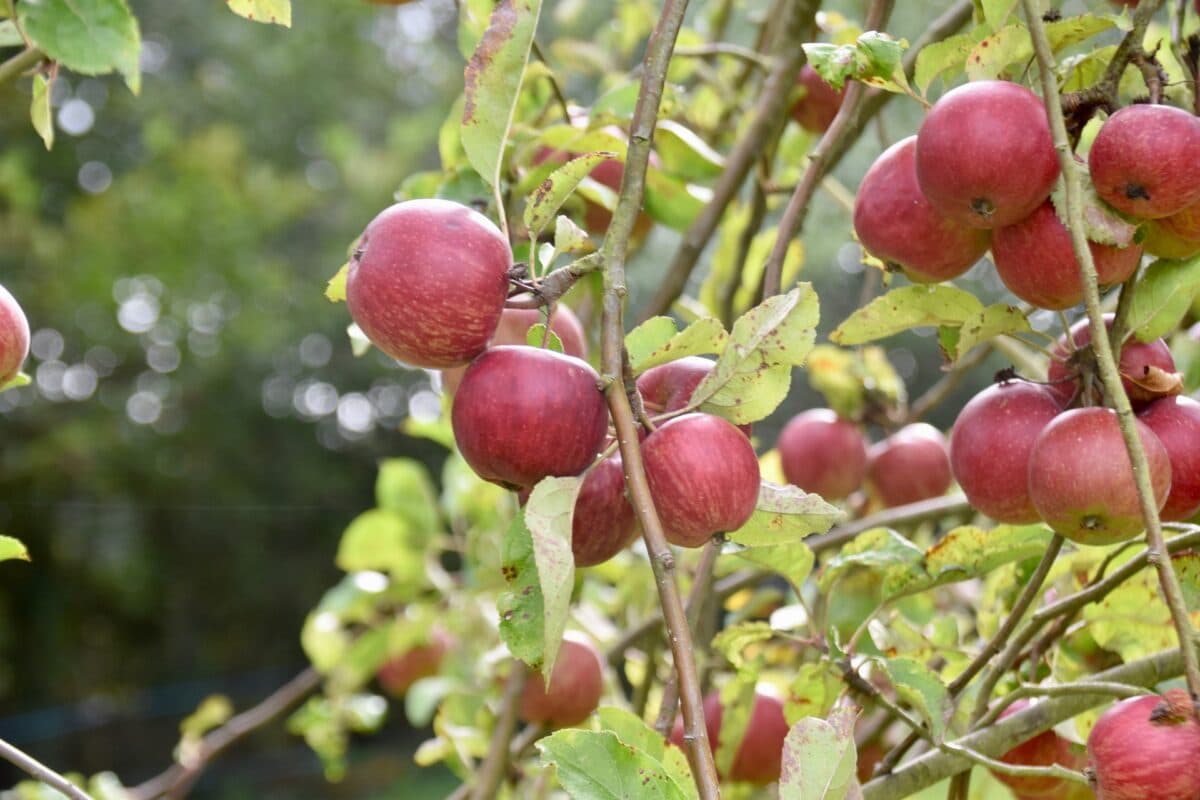
There are 16 essential elements that plants cannot grow without. Some of these vital nutrients include nitrogen, phosphorous, potassium, calcium, and magnesium. The two nutrients you should always make sure your plants have enough of are nitrogen and phosphorus. These elements can be put back into your soil in the form of fertilizer.
Fertilizing your fruit tree is very important when you first plant your tree and throughout the first year of growth. After that, your fertilization routine should be about occasionally maintaining nutritious soil until you have a fully mature fruit tree.
For in-depth information on how to fertilize specific fruit trees, refer to this UC Davis gardening guide.
Table of Contents
Pre-treating the soil
If you live in the foothills or are planting in red soils, it may be a good idea to fertilize your soil with phosphorous just before planting. Phosphorus can be somewhat depleted in red soils, and supplementing with this nutrient will improve the overall growth of your tree. When applied to the soil surface, the nutrient moves downward very slowly, so mix your phosphate fertilizer into the planting area and cover it with a layer of non-fertilized soil.
** It is important not to let your fertilizer come into direct contact with the roots of your fruit tree.
Fertilizing in the first year
After at least six to eight inches of new growth has appeared on your tree, you should apply a small amount of nitrogen. About one-half to one ounce of nitrogen is healthy for most soils. If you would like to be cautious about your fertilizing schedule, break up the applications between one or two months. Make sure to irrigate or water the area where you applied the nitrogen to help it seep into the root zone, but take care not to overwater the area and wash away the nitrogen you just added.
**Nitrogen is usually applied near the edge of the tree canopy, and no closer than six inches from a small tree trunk.
Fertilizing after the first year
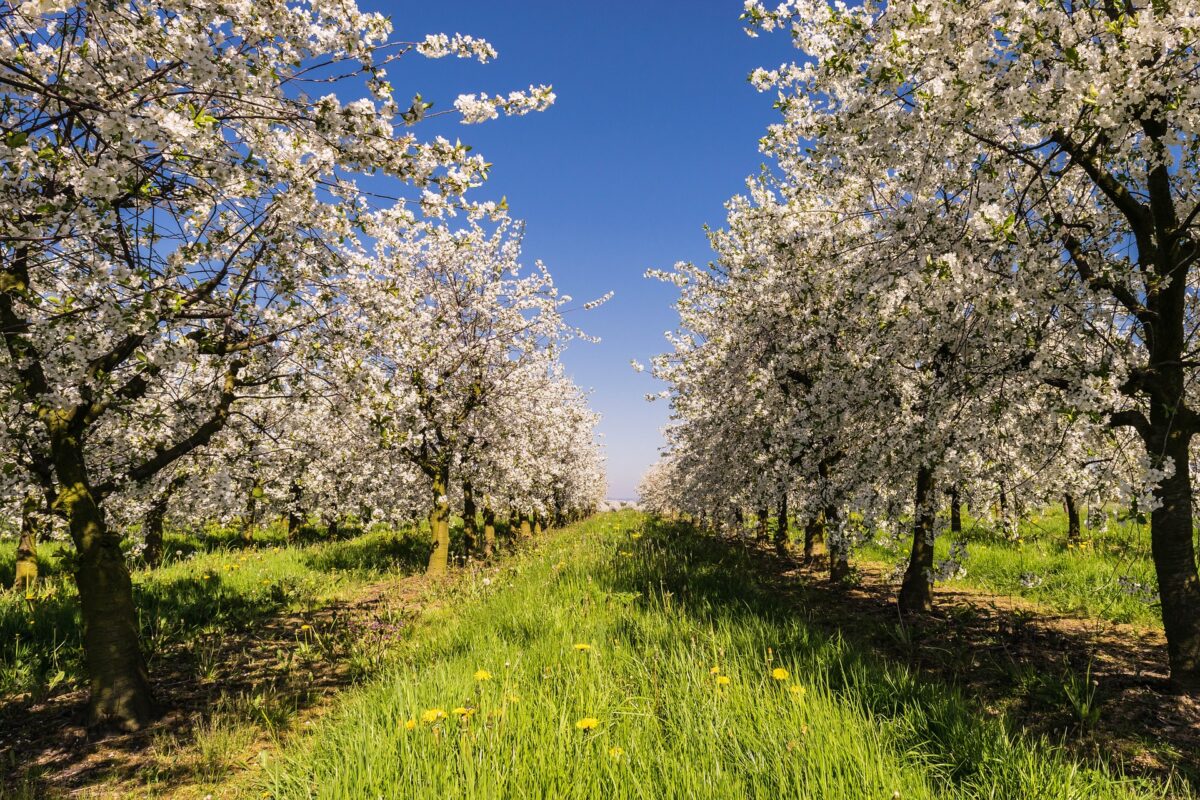
Apply about one to four pounds of nitrogen per tree annually, starting with the smaller amount.
Commercial orchards fertilize right after the harvest or before one of the last irrigations. After irrigating the soil, roots will absorb the nutrients and store them for the next growing season. As mentioned before, mature trees planted in red soils may benefit from some phosphorus fertilization.
Nitrogen should not be applied in the very late fall, winter, nor early spring. As mentioned before, take care not to overwater your tree or the nitrogen will leach through the soil and not be absorbed by your tree.
General Fertilization Info
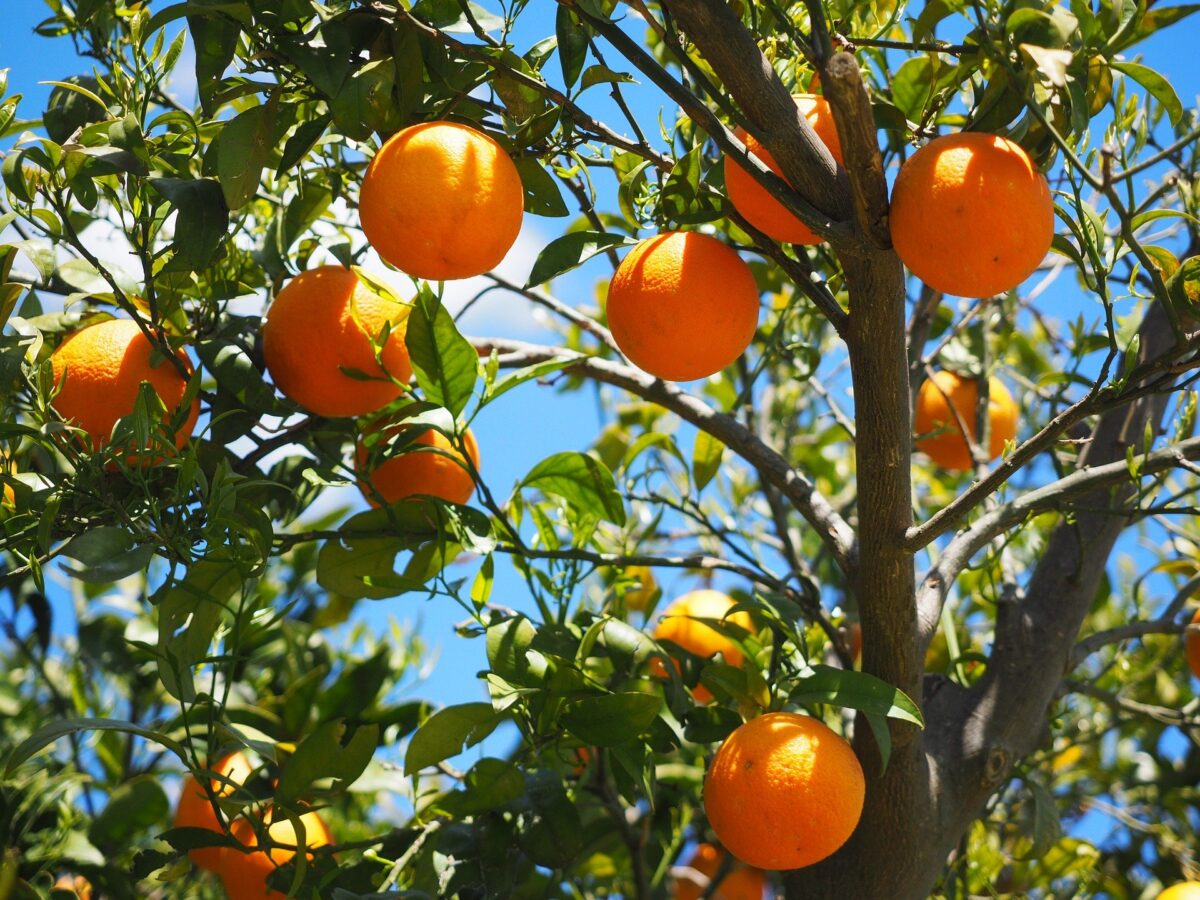
The optimal time to apply your fertilizer is from late February to March, but some studies have suggest August to mid-September is an optimal time as well. Use a general purpose fertilizer or a fruit tree fertilizer and follow label directions. For blueberries, use an acid-loving plant fertilizer.
If you miss the moment and the trees have begun to bloom, you can still fertilize until June. If you live in colder regions, don’t fertilize in late summer or fall because the new growth put on by the tree can be damaged by frost. Keep beds mulched to a depth of 2 to 3 inches to control cool-season weeds. Use leaves, pine straw, or other available materials.
Most non-fruiting trees get a fertilizer with a 4-1-1 ratio of nitrogen, phosphorus, potash. Giving that much nitrogen to a fruit tree, however, will encourage it to put out a tremendous flush of vegetative growth with very few flowers and not much fruit.
A low nitrogen 1-1-1 or 1-2-1 ratio is better for fruit trees. Ideally, the nitrogen component should be half water insoluble, or slow release, and half water soluble. Water-insoluble nitrogen breaks down slowly and feeds the tree over a period of months. Compost or horse and chicken manure are great slow release fertilizers. Water-soluble nitrogen breaks down all at once when it comes in contact with water and gives the tree a quick spurt.
The Roles of Different Fertilizer Ingredients
Nitrogen (N) is the nutrient most frequently found deficient in plants. The symptoms of nitrogen deficiency are:
- Foliage lighter green in color
- Poor growth
- Smaller leaves
Potassium (K) is mobile and needed in many reactions in the plant. Except for sands, most mineral soils are originally high in total K. The symptoms of potassium deficiency are:
- Restricted growth
- Shoots die back in extreme cases
- Leaves in the middle of the shoot area are affected, not basal leaves or shoot tips
- Leaf margins and/or areas between veins may scorch
- Interveinal chlorosis
- Fruits tend to be smaller; fruit may shrivel when deficiency is severe
- Leaf curling or cupping may be present
Phosphorous (P) deficiency is not often found except on red foothill and mountain soils. Available P comes from the breakdown of soil minerals or organic matter, and it is quite mobile in plants. Foliage of deciduous or evergreen trees deficient in P becomes dull and bronzed (even purplish) in late summer.
I hope this article provided some insight and guidance for your gardening journey. Happy planting ya’ll!
Pin This!
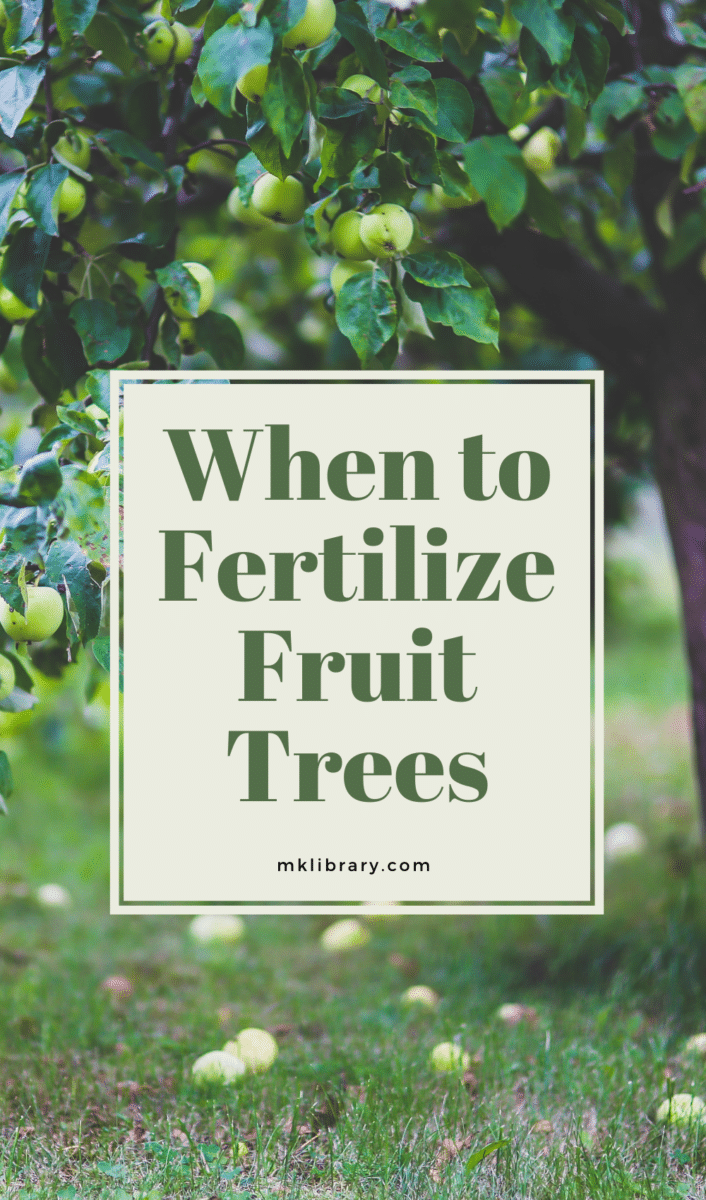
- About the Author
- Latest Posts
I strive to paint vivid landscapes with my words, bringing the magic of far-off lands and enchanting aromas to life for my readers. Combine passion for exploration and the art of gastronomy in an unending ode to the senses. When I’m not traversing the globe, I find solace in the earth beneath my fingertips, tending to my garden and working on projects around my verdant oasis. MK Library serves as a beacon, guiding fellow travelers and homebodies alike to embrace sustainability, nurturing both our planet and our souls with purpose. Full Bio.

